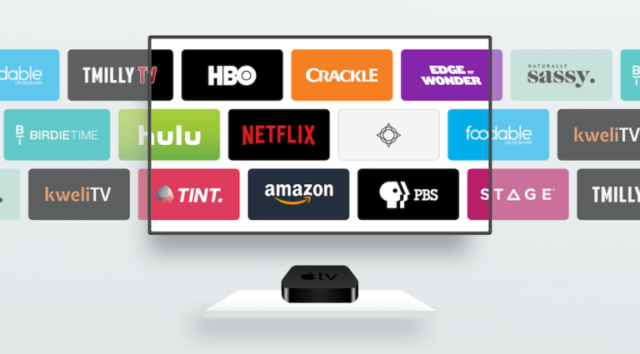The digitally native generations, Millennials and Gen Z, have spent practically their entire lives surrounded by computers, mobile devices, and social media, resulting in a significant shift in consumer behavior. The country’s mobile revolution, along with inexpensive data pricing, has transformed the entertainment landscape for younger generations in India.
For years, India’s television business had a boring tone, whereas the West had progressed to “Netflix Bingeing.” When Netflix emerged in India, however, the urban bourgeoisie who relied on western media on the internet began making a stunning drive to purchase membership plans. Then the COVID wave slammed into us, and it slammed against us hard! India, once again, surprised everyone by adapting to the new notion.
The digitally native generations, Millennials and Gen Z, have spent practically their entire lives surrounded by computers, mobile devices, and social media, resulting in a significant shift in consumer behavior. The country’s mobile revolution, along with inexpensive data pricing, has transformed the entertainment landscape for younger generations in India.
The fast acceptance and expansion of internet infrastructure that allows platforms to transmit content directly to viewers, bypassing traditional distribution and media networks, has contributed to the enormous popularity of OTT in India. The wide variety rewards the audience by allowing them to pick and choose what material they want to consume and when they want to receive it.
Broadcasters formerly relied mainly on conventional distribution techniques such as cable and DTH systems. The introduction of over-the-top (OTT) media streaming has made it easier and easier for broadcasters to offer their content to clients directly.
This aids in the development of a direct contact with OTT platform users. It also aids in the development of a strong brand image and increases brand recall. In addition to displaying material directly, broadcasters may leverage big data and analytics to gain extensive insights into how people engage with their content. This data-driven strategy enables businesses to produce better content, particularly material that is targeted to the tastes of their clients.







